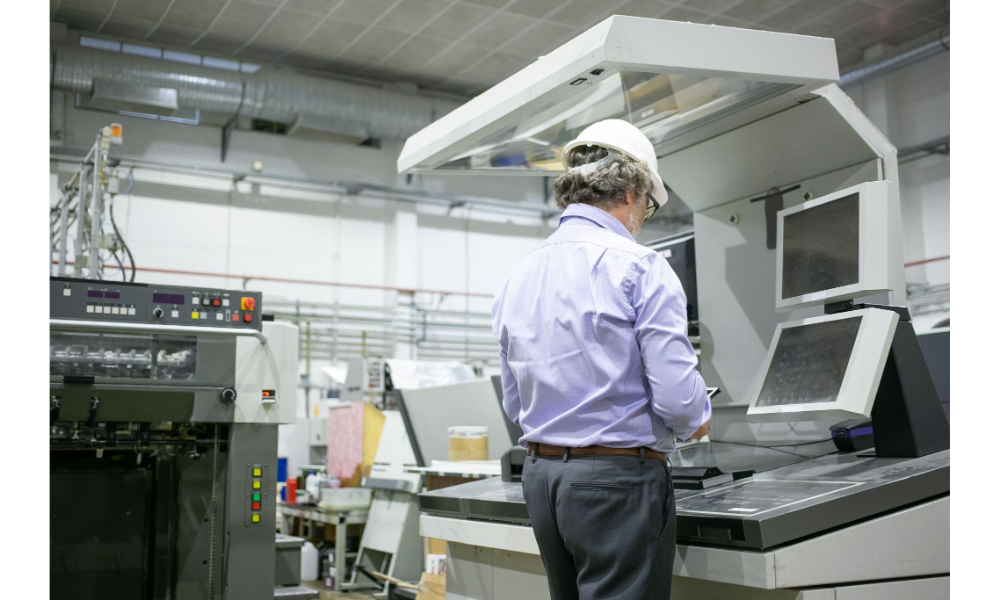The choice of the proper plotter paper to use on your printer can have a significant influence on your printing outcome. You may be dealing with a technical drawing, blueprint, or graphic design, and the nature of the paper you use may influence the quality of clarity, durability, and accuracy of color of your prints.
What to know about choosing plotter paper
Why is plotter paper important?
Plotter paper is essentially meant to serve the wide format printers that are applied in engineering, architecture and graphic designing industries. The correct paper means that your prints will be clean and crisp which is essential to detailed designs. Using a wrong paper may result in poor outcomes like smudging, fading or errors.
Factors to consider when choosing plotter paper
Before going down the page to the details of paper types, you need to know what you require of your plotter paper. The following are some of the things that you should take into consideration:
- Printer compatibility. Make sure you use paper that is compatible with your printer. Certain plotters and printers have paper types that are optimal to use.
- Paper weight. The paper weight determines how long it would last and the quality of the prints done. Archival purposes or long term use often are better with heavier paper.
- Finish. The paper finishes may be matte or glossy. The finish influences the appearance of the colors and the texture of the paper in general.
- Paper thickness. Heavy paper is more resilient and it can be continuously run in printers without becoming wrinkly or jamming.
- Intended use. What are you printing? Special paper that is designed to capture fine details may be required when you require very detailed pictures or drawings.
How to choose plotter paper for your printer
After you have selected a plotter paper, remember the following things:
- Check the printer specifications. To begin with, it is always a good idea to make sure that you have checked the specifications of your printer. Certain printers are optimized with certain types and weights of paper.
- Choose the right paper weight. The thicker the paper the stronger it is. Weight of most applications is 90gsm to 120gsm, however, heavier 180gsm or more may be needed on large prints.
- Choose the appropriate finish. Glossy finishes are excellent when one wants to present some, and the matte ones minimize glare and appear in architectural plans and technical drawings.
- Consider paper size. Make sure that the paper size is equal to the size of the print size you are using in your project. Plotter paper is usually available in rolls though it can be of various sizes.
- Look for quality paper. The quality of paper is higher, thus leading to high printing performance. Find acid free paper so that it will last.
Guide to plotter paper types
There are all kinds of plotter papers that are applicable to various types of printing requirements. Some of the most popular are listed below:
- Coated paper. Vibrant prints on coated papers are sharp, and it is ideal on graphic heavy designs.
- Bond paper. Technical drawings, blueprints, and engineering plans are typically made on bond paper. It is cheap and works well with most applications.
- Matte paper. Matte paper is worthwhile to reduce the glare and to make more professional prints. It is good with architectural and design drawings.
- Photo paper. Photo paper is required in case your plotter is going to print high end photos.
- Translucent paper. Backlit prints or overlays are done on translucent paper. It is transparent and lets the light go through it, producing a special effect.
Concluding
The right plotter paper is important to use in your printer to get high quality sharp prints. Follow the above tips and guidelines to ensure that you choose the best plotter paper to suit your needs and ensure that your paper is in the best condition to produce the highest print quality.




